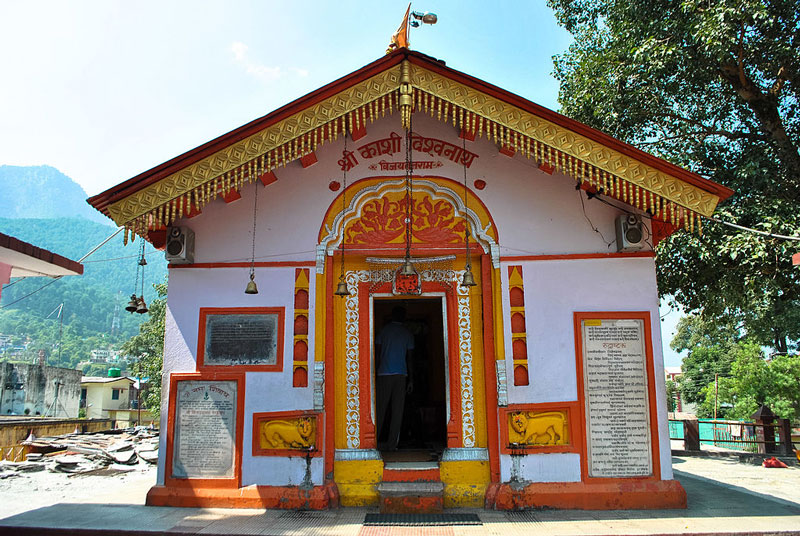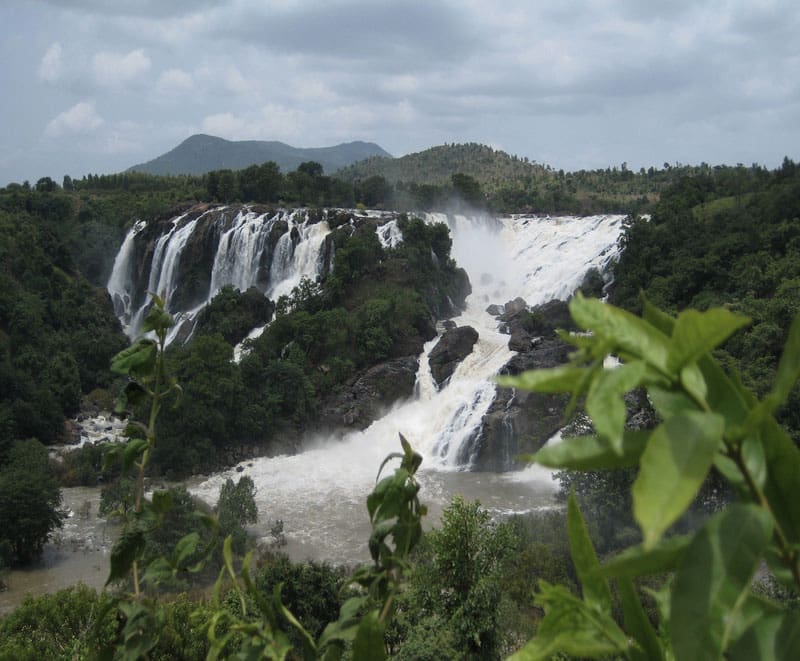Anamudi, located in the picturesque town of Munnar in Kerala, India, is a majestic mountain peak that beckons adventurers and nature enthusiasts alike. Standing tall at an elevation of 2,695 meters (8,842 feet), it is the highest peak in the Western Ghats and South India. Its name translates to “elephant’s forehead,” aptly describing its unique shape resembling the forehead of an elephant.
Geographic Features of Anamudi
Height and Significance
Anamudi holds immense significance not only for its height but also for its role as the watershed for several rivers flowing into the region. Its towering presence dominates the landscape, offering breathtaking panoramic views of lush green valleys and dense forests below.
Flora and Fauna
The mountain is home to a diverse range of flora and fauna, including rare species of plants and animals. The shola-grassland ecosystem surrounding Anamudi harbors endemic species such as the Nilgiri tahr, the lion-tailed macaque, and the Nilgiri pipit, making it a biodiversity hotspot.
Trekking Experience on Anamudi
Popular Trekking Routes
Trekking enthusiasts flock to Anamudi to conquer its challenging trails and immerse themselves in the pristine wilderness. The most popular trekking route begins from the Eravikulam National Park and winds its way through lush forests, cascading streams, and verdant meadows before culminating at the summit.
Safety Measures
While trekking on Anamudi, it’s essential to follow safety guidelines, including hiring experienced guides, carrying adequate supplies, and being mindful of weather conditions. The terrain can be rugged and unpredictable, requiring careful navigation and preparation.
Climate and Weather Patterns
Best Time to Visit
The best time to visit Anamudi is during the post-monsoon months of September to November and the pre-monsoon months of March to May when the weather is pleasant, and the skies are clear, offering optimal visibility for trekking and sightseeing.
Weather Conditions
However, visitors should be prepared for sudden changes in weather, especially during the monsoon season from June to August, when heavy rainfall and mist can obscure visibility and make trekking hazardous.
Nearby Attractions
Eravikulam National Park
Adjacent to Anamudi lies the renowned Eravikulam National Park, famous for its population of endangered Nilgiri tahr and diverse range of flora and fauna. Visitors can explore the park’s well-maintained trails, wildlife sanctuaries, and interpretive centers.
Mattupetty Dam
Another popular attraction near Anamudi is the Mattupetty Dam, offering mesmerizing views of the surrounding hills and valleys. Visitors can enjoy boating in the tranquil waters of the reservoir or indulge in a leisurely stroll along the scenic pathways.
Cultural Significance
Indigenous Tribes
The region surrounding Anamudi is inhabited by indigenous tribes such as the Muthuvan and the Mannan, who have lived in harmony with nature for centuries, preserving their unique cultural heritage and traditions.
Festivals and Traditions
Visitors to Anamudi can immerse themselves in the vibrant cultural tapestry of Munnar by participating in local festivals, witnessing traditional dance performances, and savoring authentic cuisine prepared by the local communities.
Accommodation Options
Resorts and Hotels
Munnar offers a plethora of accommodation options ranging from luxury resorts and boutique hotels to budget-friendly guesthouses, ensuring a comfortable stay for every traveler.
Homestays
For a more immersive experience, visitors can opt for homestays hosted by local families, providing an opportunity to experience the warmth and hospitality of Kerala’s culture firsthand.
Cuisine of Munnar
Local Delicacies
The cuisine of Munnar is a delightful blend of flavors influenced by Kerala’s rich culinary heritage. From spicy seafood curries to aromatic rice dishes and decadent desserts, there’s something to tantalize every palate.
Tea Culture
No visit to Munnar is complete without indulging in its famous tea culture. Visitors can tour tea plantations, witness the tea-making process, and sample an array of aromatic brews while soaking in the serene ambiance of the verdant hillsides.
Environmental Conservation Efforts
Sustainable Tourism Initiatives
In recent years, there has been a concerted effort to promote sustainable tourism practices in Munnar, including responsible waste management, eco-friendly accommodations, and conservation of natural resources.
Wildlife Protection
Efforts are also underway to protect the rich biodiversity of the region, including conservation programs for endangered species and initiatives to preserve fragile ecosystems such as the shola-grassland habitat.
Tips for Visitors
Packing Essentials
When planning a trip to Anamudi, it’s essential to pack light but carry essentials such as sturdy hiking boots, rain gear, sunscreen, insect repellent, and a first aid kit.
Dos and Don’ts
Respect the local culture and customs, avoid littering or disturbing wildlife, and follow designated trails to minimize environmental impact and ensure a memorable and enjoyable experience for all.
Conclusion
Anamudi, with its awe-inspiring beauty, rich biodiversity, and cultural heritage, offers a captivating destination for travelers seeking adventure, tranquility, and a deeper connection with nature. Whether trekking to the summit, exploring nearby attractions, or indulging in local cuisine, visitors are sure to be enchanted by the magic of Munnar.
FAQs
- Is Anamudi suitable for beginners in trekking?
- While Anamudi offers challenging trails, there are also options suitable for beginners with the assistance of experienced guides.
- What wildlife can be spotted around Anamudi?
- Visitors may encounter species such as the Nilgiri tahr, lion-tailed macaque, elephants, and a variety of bird species.
- Are there any restrictions on visiting Anamudi?
- Certain areas may have restricted access to protect sensitive ecosystems, so it’s essential to follow designated trails and abide by park regulations.
- Can I visit Anamudi during the monsoon season?
- While it’s possible to visit, the monsoon season brings heavy rainfall and mist, which can affect visibility and trekking conditions.
- What is the significance of the name “Anamudi”?
- The name “Anamudi” translates to “elephant’s forehead” in the local language, referring to the mountain’s distinctive shape resembling an elephant’s forehead.









